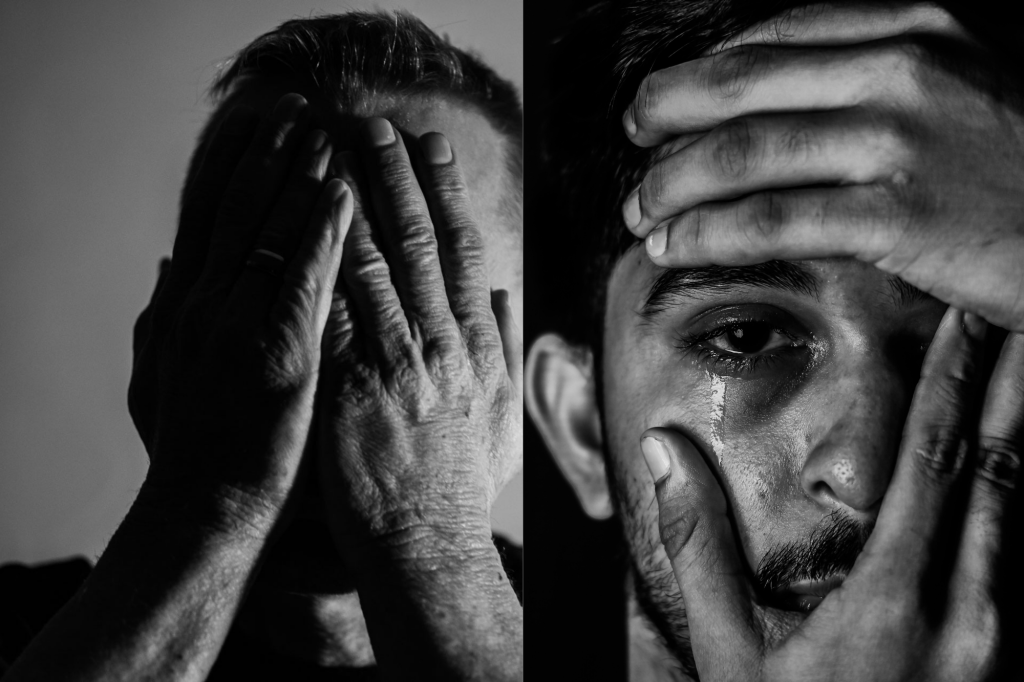Introduction
Emotions are a complex part of the human experience, and sometimes, it can be challenging to distinguish between everyday low moods and clinical depression. While both may share common feelings of sadness, understanding the key differences between the two is crucial for seeking appropriate help and support. In this blog, we will explore the distinctions between depression and low mood to shed light on these often misunderstood emotional states.
Low Mood: A Transient Feeling
Low mood, often referred to as feeling down or having the blues, is a normal and transient emotional state. It is a response to life’s ups and downs, disappointments, or stressors. Everyone experiences low moods from time to time, and they usually resolve on their own or with the help of self-care and time. Key characteristics of low mood include:
1. Duration: Low moods are usually short-lived, lasting a few hours to a few days.
2. Triggers: They are often linked to specific events or circumstances, such as a bad day at work, an argument with a friend, or a disappointing experience.
3. Functionality: People with low moods can typically engage in daily activities, though they may find it less enjoyable or fulfilling during these periods.
4. Intensity: The intensity of a low mood is usually not severe enough to disrupt daily life significantly.
Depression: A Persistent Mental Health Condition
Depression, on the other hand, is a mental health disorder characterized by persistent and pervasive feelings of sadness, hopelessness, and a loss of interest or pleasure in activities once enjoyed. It is not a passing emotional state but a clinical condition that may require professional treatment. Key characteristics of depression include:
1. Duration: Depression persists for an extended period, typically lasting for at least two weeks or longer. It can persist for months or even years without proper intervention.
2. Triggers: While depression can be triggered or exacerbated by life events, it often appears without an apparent cause or in response to minor stressors.
3. Functionality: Depression can significantly impair an individual’s ability to carry out daily tasks, impacting work, relationships, and self-care.
4. Intensity: Depression is marked by severe and pervasive symptoms that interfere with daily life, including sleep disturbances, changes in appetite, feelings of worthlessness, and thoughts of self-harm or suicide.
Seeking Help
Recognizing the difference between low mood and depression is essential for seeking appropriate help:
1. Low Mood: For mild, transient low moods, self-care strategies like exercise, a balanced diet, socializing, and relaxation techniques can be effective. Support from friends and family can also help.
2. Depression: If you suspect you or someone you know is experiencing depression, it’s crucial to seek professional help. Psychotherapy, such as Cognitive Behavioural Therapy (CBT), and medications prescribed by a mental health provider can be effective treatments. Support from loved ones remains important throughout the treatment process.
Conclusion
Understanding the distinction between depression and low mood is vital for promoting mental health and well-being. While low moods are a natural part of life and often resolve on their own, depression is a clinical condition that requires specialized treatment. If you or someone you know is struggling with symptoms of depression, seeking professional help is a critical step towards recovery. Remember that there is support available with BetterU, no one has to face depression alone.

